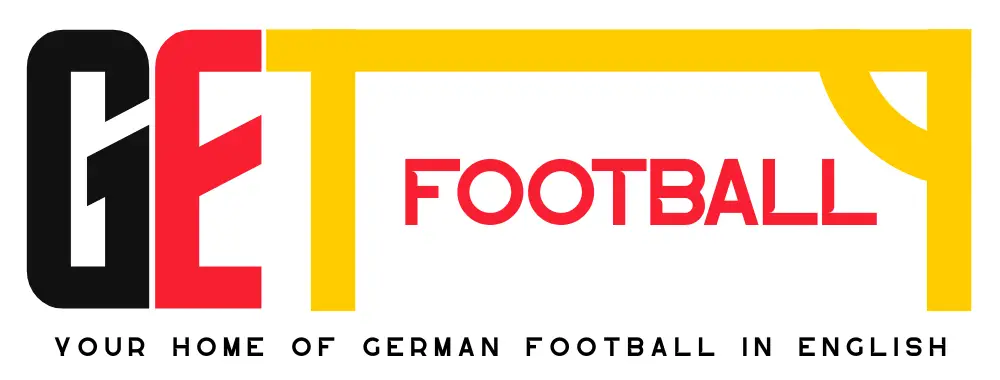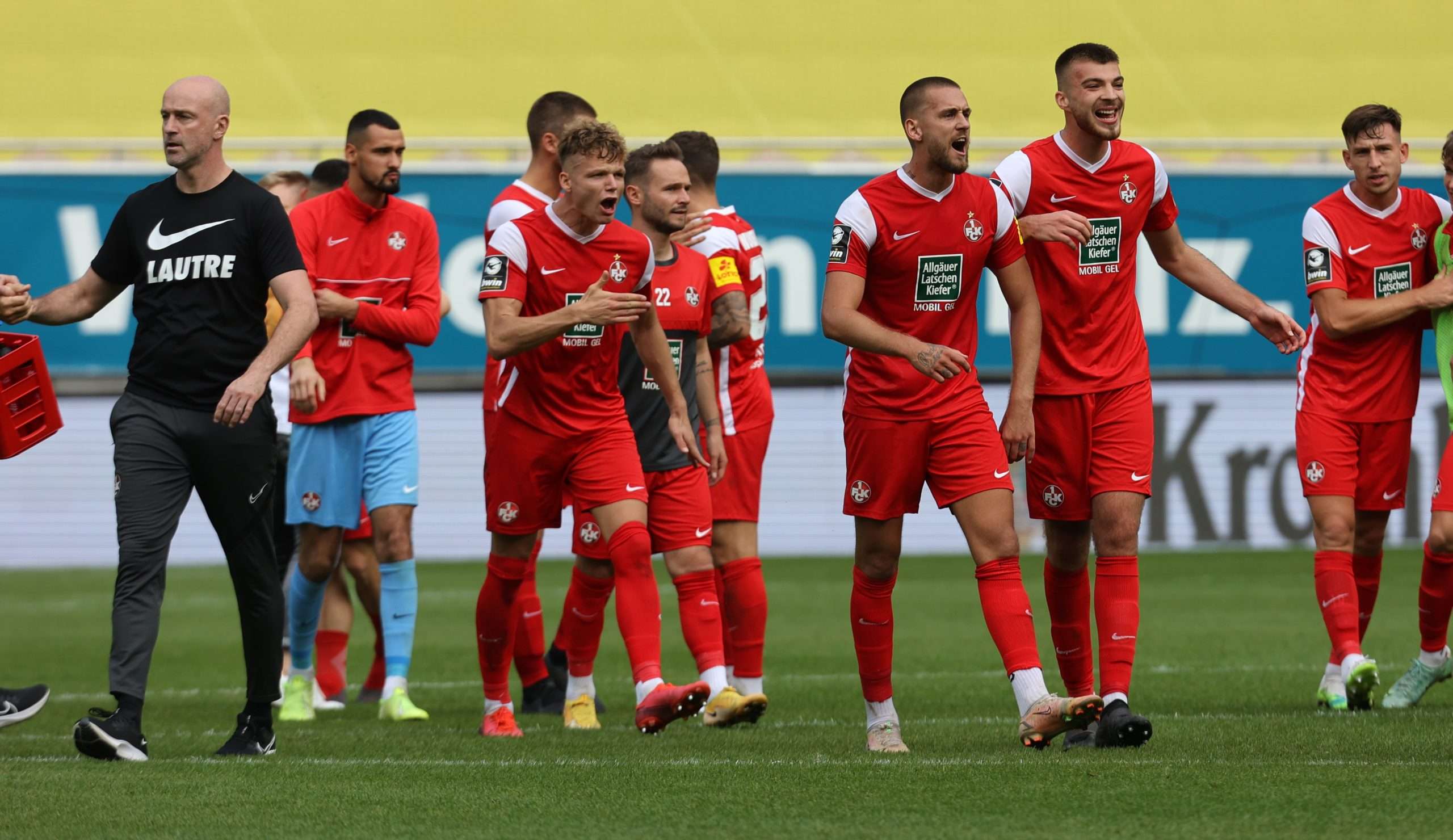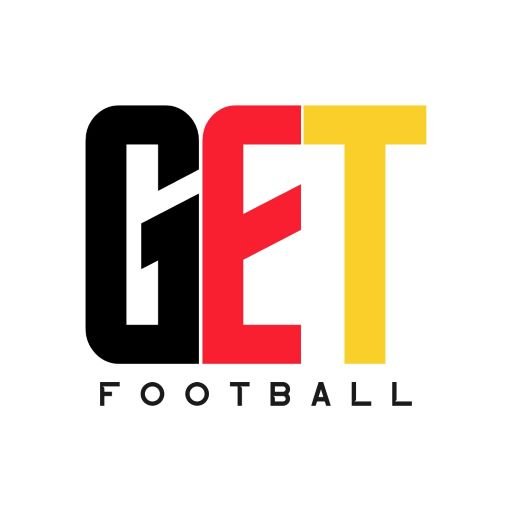In recent years we’ve seen the rise of many new clubs within the German football league. Most notably Red Bull’s investment in Leipzig as well as Dietmar Hopp pouring millions into his local village team, Hoffenheim. Clubs such as these don’t sit well with most German football fans, and you’ll often find them supporting whoever their opponent is. This is especially the case when it comes to Leipzig and the hatred of Reb Bull’s strategy of pumping endless pots of money into their new franchise.
In just over a decade, the club has risen from the NOFV-Oberliga Süd to competing in the Champions League and pushing for a first Bundesliga trophy. But what about the traditional and historic clubs that have been swept aside by football’s new mega clubs? Well, many of them can be found in the 3. Liga currently fighting at both ends of the table.
As a fan of a team in the 3. Liga, I’m constantly told stories of great traditional teams from the 1980s who were once at the top of German football. However, I now sit down every weekend to watch them scrap it out in the unpredictable third division.
Some of the clubs in question include FC Kaiserslautern, FC Magdeburg, MSV Duisburg, 1860 Munich, and many more. With just a quick Google search anyone can see that these clubs boast a rich history with a proud fanbase. In decades gone by, they have competed in the top leagues of Germany and even in Europe. Fast-forward to the 2021/22 season and these teams are scattered from the top of the 3. Liga to the relegation zone.
So what exactly has happened for this to occur? Is it simply the investment into other clubs from large companies and businessmen? Or poor management from within the clubs themselves? Let’s discuss each of these clubs, their rise, and fall which has left them battling in Germany’s third tier.
FC Kaiserslautern
Ahead of the first Bundesliga season in 1963, FCK won their division’s title and were therefore granted access into the country’s new top league. The club remand steady in the new division before winning their first Bundesliga in the 1990/91 season. However, this joyous occasion was short-lived. In the 1995-96 season, they were relegated from the division despite finishing fourth the year before. They were joined in the 2. Bundesliga by Eintracht Frankfurt who themselves had never been relegated from the new top-flight. This only left FC Köln who suffered the same fate in 1998 and ‘the dinosaurs’ Hamburg who were relegated for the first time in 2018.
So, is this where the fall for FCK starts? Well, not at all! Quite the opposite, the Red Devils (as they’re known) made an immediate comeback winning the 2. Bundesliga at the first time of asking. If that wasn’t enough, the club went on to what is incredibly rare throughout European football and may never be done again. They went up into the Bundesliga and won the title in their first season back. What euphoria and a rollercoaster that must have been for the fans of Kaiserslautern. Now all they had to do was to set off into the sunset and establish themselves as one of Germany’s greatest.
However, as you’ve guessed, this wasn’t the case. Despite winning the league and reaching the quarterfinals of the Champions League, the club was in financial ruin and inch by inch creeping closer to bankruptcy. This sorry situation was well-documented by the media, the fans, and the players which only added to the darkening of clouds overhead. A new president was named, and their stadium was sold to the city of Kaiserslautern, thus saving them from total collapse.
In 2005, they were relegated to the 2. Bundesliga once again where they reminded for several years until gaining promotion in 2011. However, instead of following in the footsteps of their history, FCK finished bottom and came straight back down into the second league. Since then, FC Kaiserslautern has never returned to the topflight of German football. To make matters worse, the club was relegated to the 3. Liga for the first time in their history in 2018. FCK were close to falling out the third division during the 2020/21 campaign but saved themselves with a few games to spare. Currently, the side sit in the top half of the league with 2nd and 11th places separated by only five points.
FC Magdeburg
Magdeburg enjoyed much of their success during the 1970s in the DDR. The team dominated alongside Dynamo Dresden in East Germany as they fought for countless Oberliga titles most seasons. They also represented East Germany through European competitions as well as their squad members playing for the national side. Most famously, Magdeburg won the European Cup Winners’ Cup in 1974 beating AC Milan 2-0.
Since the reunification of Germany, many former DDR clubs have struggled to compete against clubs located further west. This could be down to several factors including the players opting to play for teams based in the West, East German clubs failing to compete financially, and many more. Magdeburg has never competed in the Bundesliga but instead has fought most of their battles within the 2. Bundesliga. Despite this, I and many German football fans would consider FC Magdeburg a traditional club with a rich history.
The Regionalliga 2001/02 season is where things started to take a turn for the worse for Magdeburg. To be allowed to play, the club had to raise 5 million Deutschmarks in just two days. The fans, to their credit, raised 1 million, and two separate banks supplied the remaining 4 million that was required. That season, Magdeburg steadied the ship and managed to finish 12th. FC Magdeburg has never quite matched their glory days in the DDR, and it’ll be a shame for a historical club to be banished to the lower leagues.
Since their time in the Regionalliga, Magdeburg has enjoyed some success. In the 2006/07 season, the side earned a place in the newly found 3. Liga. In the 2017/18 campaign, Magdeburg finished first and won promotion to the 2. Bundesliga. Their joy was short lived however with the side relegated back to the third tier in May 2019. Last season, Magdeburg were close to relegation but found a rich vein of form at the right time and saved themselves from the Regionalliga Ost. This season, the boys in blue were one of the favourites to claim top spot and so far, are doing just that. After 12 games, Magdeburg are first and five points clear of the chasing pack.
MSV Duisburg
Heading close to the Rhein and we have MSV Duisburg. The club has often competed at the highest level in German football and was one of the first 16 teams to compete in the inaugural 1963 Bundesliga season. They finished the first campaign in an impressive 2nd place but would never quite reach the pinnacle.
For several years, the club finished in the top half of the Bundesliga and went on several cup runs but never managed to clinch the Pokal, reaching the final on four occasions. MSV can also be credited for a plethora of German footballing talent who have gone on to represent their country. Most notably is Bernard Dietz. The defender made 396 appearances for MSV and captained West Germany to victory in the 1980 European Championships.
However, like the aforementioned clubs, Duisburg began their slow descent once they were relegated from the Bundesliga in 1982. It wasn’t until ten years later that the club finally made their way back into the big time but only to go down the season after. MSV then became a bit of a yoyo team, constantly getting promoted before facing almost certain relegation. The most consecutive time Duisburg has managed in the Bundesliga is three seasons from 1996 to 1999.
Fast-forward two decades and Die Zebras now find themselves in the third tier of German football fighting for their lives. It’s hard to pinpoint exactly what went wrong at Duisburg. They have a brilliant fanbase with a modern 31,500-seater stadium that was renovated ahead of the 2006 World Cup. However, the club has never quite produced or attracted the caliber of players that once helped them reach high finishes in the Bundesliga. Having narrowly missed out on promotion back to the 2. Bundesliga in 2019/20, MSV have struggled to compete at the top of the 3. Liga table.
Last season, Pavel Dotchev was brought in to help steer Die Zebras away from the relegation zone, which he did successfully. However, after the 11th matchday this season, Dotchev lost his job as Duisburg dropped into the bottom four with worries of a similar season ahead of them. New head coach, Hagen Schmidt, now has the job of turning the side’s fortunes around and getting them competing at the top of the 3. Liga.
1860 München
1860 were also a part of the first Bundesliga season ahead of their rivals Bayern München who would have to wait a few more seasons for their debut in the topflight (they’ve made up for it since). In 1964, Die Löwen won their second DFB Pokal before reaching the European Cup Winner’s Cup a season after. Sadly, the Bavarian’s lost to English outfit, West Ham United. In 1967, Die Löwen’s positive results continued as they won their first Bundesliga trophy. In the 1970s the club’s success would not continue. They were relegated to the Regionalliga Süd in 1970 and would not make a comeback to the topflight until seven years later. Their re-entry was only met by an immediate relegation, promotion once more, and relegation two years later.
The club’s exile from the Bundesliga lasted much longer this time and were not promoted back until 1994. 1860 looked like they were going to be relegated in their first season but thanks to a few shrewd signings, the side managed to save themselves. 1860 then become a solid mid table side in the top tier. In the early 2000s, 1860 achieved a top four finish and competed in Europe the following season. Their run in the UEFA Cup lasted until the third round where they were knocked out by Italian side, Parma. After a decade in the Bundesliga, 1860 were relegated having finished 17th in the 2003/04 campaign.
This is where 1860’s trouble really starts to kick-in. Following their relegation to the 2. Bundesliga, the then president, Wildmoser, decided to ground share with Bayern at the Allianz Arena. This decision outraged fans who believed the president had sold the club out. In the 2005/06 season, 1860 just about survived in the second tier but were facing major financial difficulties. Stadium partner, Bayern, bought the side’s shares of the ground for 11 million euros which gave them some relief and allowed them to have a license for the following year.
Their troubles did not end there, however. In 2011, 1860 needed 8 million euros to save them from folding. The club was eventually bought for 18 million euros by Jordanian investor, Hasan Abdullah Ismaik. The following years saw 1860 surviving around the lower end of the 2. Bundesliga until the 2016/17 season following a relegation play-off loss to Jahn Regensburg. It was announced in that summer that 1860 would have to drop down a further division as their Jordanian owner didn’t want to pay the division’s license fees. The club did bounce back into the 3. Liga the following year where they’ve been since. Last year 1860 did come close to securing promotion back to the 2. Bundesliga but missed out with one game to go. Currently, the side have struggled for form and are floating in the midtable of the division.
Football is not what it used to be. With vast amounts of investments and traction from around the world, many traditional and historical clubs have had to step aside if they fail to evolve with the times. For clubs such as Kaiserslautern, Magdeburg, MSV Duisburg and 1860 München, mismanagement and lack of investment has forced them into the depths of the football league. As we continue to watch the dramatics unfold in the 3. Liga let’s hope that these historic clubs never die and will one day bounce back to former glories.









